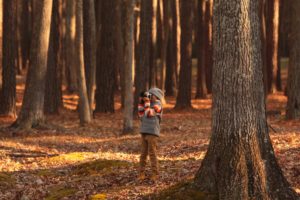
“Photography is the beauty of life captured,” Tara Chisholm.
Photographic images are a wonderful way to make spelling, reading and writing fun. Whether you take some photographs yourself or with your child, or use existing ones, there are a wealth of opportunities to make learning engaging and exciting.
Using a camera
It really doesn’t matter what sort of camera or phone your child uses, as long as you are confident they can use it with care. They could be encouraged to write instructions before they start. It’s also fun to set up challenges, perhaps written as a list of objects to be found and photographed. e.g
Find something blue.
Find something soft.
Find something living.
Find something tall.
Find something round.
This website has lots of interesting ideas to try out: http://www.cbc.ca/parents/learning/view/photography-for-kids-what-kids-learn-when-theyre-behind-the-camera
Alphabet
One of the simplest ways to involve photography is to use your mobile phone or camera to collate 26 images to match the 26 letters of the alphabet. Getting your child involved in thinking of and finding 26 images can be the first step. You could even encourage them to look for and photograph certain shapes that look like a letter in the alphabet. Once printed and possibly laminated, the 26 images can be used over and over. (I love laminating, as it’s is a great way to prolong the life of flash cards, photographs and word games.) Some ideas include:
⦁ Ordering the alphabet.
⦁ Find something that starts with…
⦁ Find something that ends with…
⦁ Can you find all of the vowels?

Games
How about creating your own lotto, snap or Top Trumps with your child’s favourite topic of the moment? You can either take the photographs yourselves or find images on the internet.
Inspiring Writing

Here at Blackhen Education, we are great fans of the Literacy Shed. It has a wealth of wonderful resources, including The Images Shed:
The images can be used to kick start a story, poem, letter, play or non-fiction writing. What I particularly like is that even the moving images can be copied and pasted in word documents and Powerpoints. Each image also comes with questions to stimulate ideas. Encourage your child to record the story in any way they like. It doesn’t have to be on the computer.
Planning stories
I have used the following technique when running creative writing classes with adults and it works really well. Choose two photographs of people from a magazine and cut them out. Ask your child to think about the first person. Ask them to think about the person’s name, their age, where they live, what they like to do etc. Then show them the second one and ask the same questions, as well as how the two people know each other. You can add to this by cutting out pictures of houses, schools, shops etc as it all helps to provide important background details.
Making books

Simply choose a topic your child is interested in and start collecting images from the internet, magazines or their own photographs they have taken. The alphabet images could be made into a book. Travel journals are also a great way to introduce the idea of combining photographs and words, as well as something to do on a rainy day. Here is an example of a simple one which has room for photographs and writing. http://travelturtle.net/wp-content/uploads/2013/06/1-page-travel-journal.pdf
Photographs can also be turned into postcards to be kept or sent to friends and relatives.

